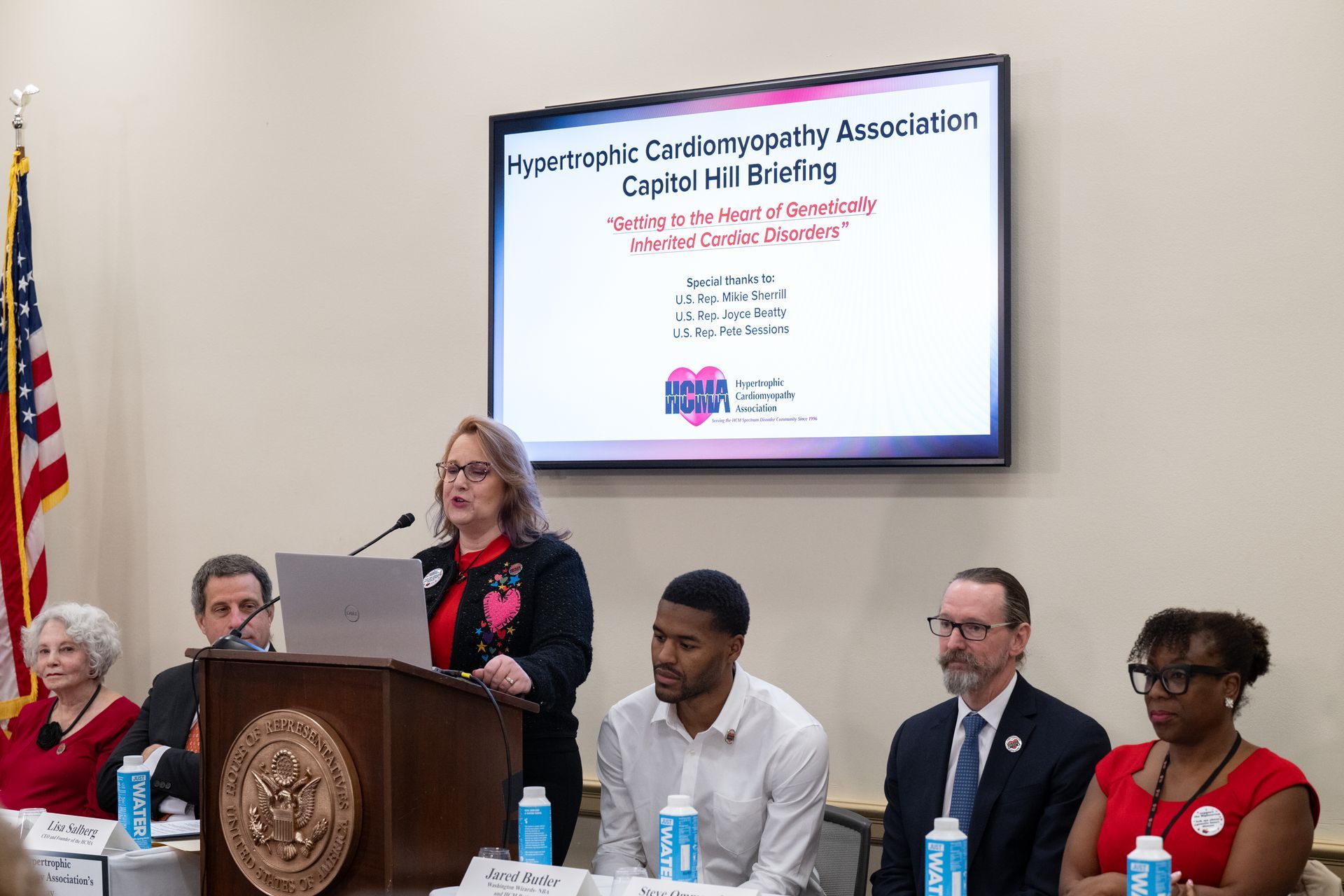Doctors usually classify patients’ heart failure according to the severity of their symptoms. The table below describes the most commonly used classification system, the New York Heart Association (NYHA) Functional Classification 1 . It places patients in one of four categories based on how much they are limited during physical activity. In the HCM community, this NYHA class system is less than ideal as patients may vary in class in a short period of time and not maintain a fixed NYHA Class, but rather experience what we at the HCMA describe as “Good Day/Bad Day syndrome”. If you are asked in what class you are categorized you will understand it is based on observation.

| Class | Patient Symptoms |
| I | No limitation of physical activity. Ordinary physical activity does not cause undue fatigue, palpitation, dyspnea (shortness of breath). |
| II | Slight limitation of physical activity. Comfortable at rest. Ordinary physical activity results in fatigue, palpitation, dyspnea (shortness of breath). |
| III | Marked limitation of physical activity. Comfortable at rest. Less than ordinary activity causes fatigue, palpitation, or dyspnea. |
| IV | Unable to carry on any physical activity without discomfort. Symptoms of heart failure at rest. If any physical activity is undertaken, discomfort increases. |
| Class | Objective Assessment |
| A | No objective evidence of cardiovascular disease. No symptoms and no limitation in ordinary physical activity. |
| B | Objective evidence of minimal cardiovascular disease. Mild symptoms and slight limitation during ordinary activity. Comfortable at rest. |
| C | Objective evidence of moderately severe cardiovascular disease. Marked limitation in activity due to symptoms, even during less-than-ordinary activity. Comfortable only at rest. |
| D | Objective evidence of severe cardiovascular disease. Severe limitations. Experiences symptoms even while at rest. |
For Example:
- A patient with minimal or no symptoms but a large pressure gradient across the aortic valve or severe obstruction of the left main coronary artery is classified:
- Function Capacity I, Objective Assessment D
- A patient with severe anginal syndrome but angiographically normal coronary arteries is classified:
- Functional Capacity IV, Objective Assessment A
- Functional Capacity IV, Objective Assessment A
1 Adapted from Dolgin M, Association NYH, Fox AC, Gorlin R, Levin RI, New York Heart Association. Criteria Committee. Nomenclature and criteria for diagnosis of diseases of the heart and great vessels. 9th ed. Boston, MA: Lippincott Williams and Wilkins; March 1, 1994.
Original source: Criteria Committee, New York Heart Association, Inc. Diseases of the Heart and Blood Vessels. Nomenclature and Criteria for diagnosis, 6th edition Boston, Little, Brown and Co. 1964, p 114.
Additional source: https://www.heart.org/en/health-topics/heart-failure/what-is-heart-failure/classes-of-heart-failure
The post NYHA Class Categories appeared first on Hypertrophic Cardiomyopathy Association.
HCMA Blog


 Translate
Translate
